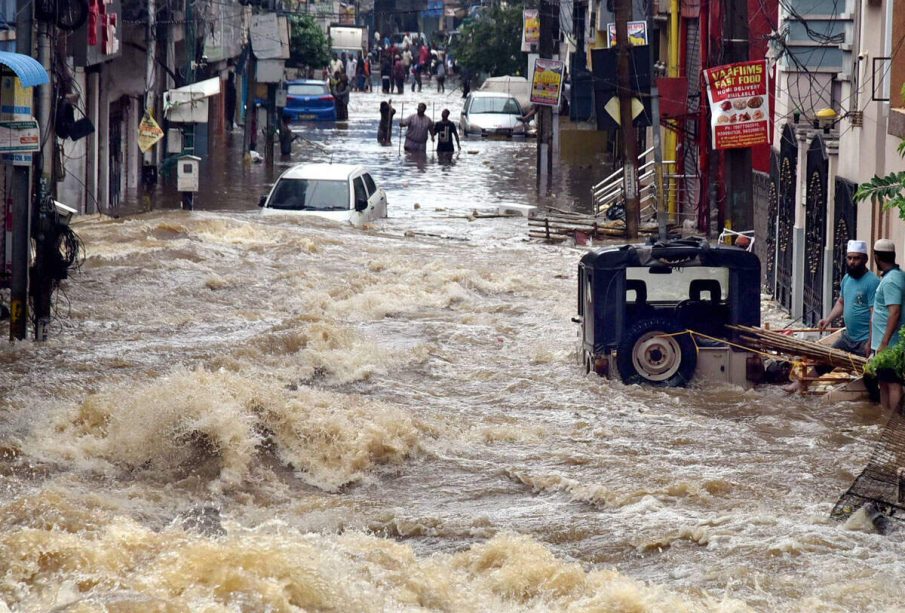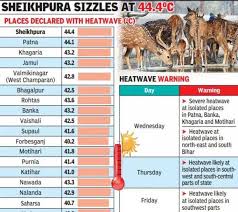Hyderabad Floods: A Closer Look at the 2023 Disasters

Introduction
The recent floods in Hyderabad have raised significant concerns about the city’s infrastructure, emergency response, and climate adaptability. Heavy rains over the past week have led to widespread flooding, affecting thousands of residents and causing disruption to daily life. Understanding the implications of this disaster is crucial for both the local community and policymakers as they evaluate the city’s preparedness for future weather-related events.
Details of the Flood Situation
According to the India Meteorological Department (IMD), Hyderabad received over 200 mm of rain in just 24 hours, which is historically unprecedented for the month of October. The torrential downpour caused the overflow of several rivers and water bodies, leading to inundation in numerous neighborhoods across the city. Key areas like Kukatpally, Banjara Hills, and Secunderabad were among the worst affected, with streets turning into rivers. Numerous homes were submerged, and residents were advised to evacuate.
Local authorities reported disruptions in public transport, with multiple roads and railways blocked due to the rising water levels. Additionally, power outages affected several districts, complicating rescue and relief operations. Emergency services have been working tirelessly to assist those stranded and to provide necessary supplies such as food and medical aid.
Government Response and Community Action
The State Government of Telangana has declared emergency measures and is initiating relief operations targeting the most severely affected areas. Chief Minister K. Chandrashekar Rao has announced compensation for the families who have lost their belongings and pledged to expedite the restoration of basic services like power and drinking water.
Community volunteers have played a vital role in the rescue efforts, mobilizing to provide assistance to their neighbors. Local NGOs have set up relief camps to support displaced individuals and families, reflecting the resilience and solidarity of Hyderabad’s residents during this crisis.
Conclusion and Future Outlook
The flooding in Hyderabad highlights critical concerns regarding urban planning and climate change adaptation. As weather patterns become increasingly unpredictable, the need for robust infrastructure and better emergency response systems becomes ever more pressing. Experts warn that investing in drainage systems and urban green spaces must be prioritized to mitigate the impact of future floods.
Looking ahead, it is imperative for policymakers and city planners to take the lessons learned from this disaster seriously. Implementing sustainable practices and updating emergency preparedness protocols could be pivotal in shielding the city against such calamities in the future, ultimately ensuring the safety and well-being of its citizens.









